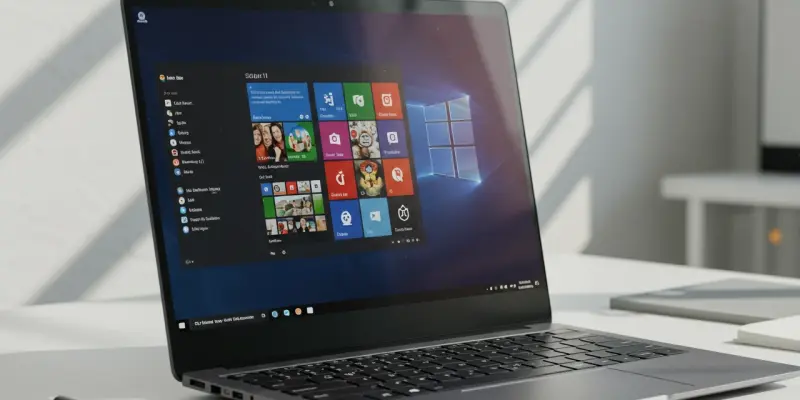In the world of technology, USB-C ports originally emerged to unify connection standards, promising to streamline various functionalities into a single, user-friendly port. However, despite these ambitions, the reality has been far from simple. The varying implementations of USB-C across different devices have left users bewildered over which cables and ports support data transfer, charging, or display output. Microsoft has acknowledged this pressing issue, revealing that incomplete USB-C capabilities significantly impact user experience. Windows Diagnostics Data highlighted a notable concern: 27% of PCs equipped with USB4 ports have encountered issues with limiting functionality. In response, Microsoft has rolled out updates in the Windows Hardware Compatibility Program (WHCP) under Windows 11, aiming to mitigate these compatibility challenges.
Streamlining Compatibility Standards
The murky landscape of USB-C capabilities has prompted Microsoft to set clear goals, all aligned with simplifying usage and boosting consumer confidence. Primarily, Microsoft intends to ensure that universal compatibility exists for data transfer, charging, and display purposes across all USB-C connections on WHCP-certified devices. This focus on expanded compatibility standards is significant, as it promises to eventually eliminate headaches associated with figuring out which ports offer what functionalities. Additionally, Microsoft aims for full compatibility with both USB4 and Thunderbolt 3 on systems certified by WHCP at 40Gbps speeds. This move represents a forward-thinking step, as it attempts to standardize port capabilities across the tech industry gradually. It will provide users with straightforward guarantees about what to expect from their device’s USB-C ports, cutting through the current complexity and variability.
The Industry Shift Towards Standardization
Microsoft’s initiative is part of a larger movement in the tech sector, highlighting the necessity of standardized interfaces to enhance user experience and build confidence in tech products. This aligns with the increasing demand for intuitive technology that doesn’t inundate users with technical complexity and endless specifications. Although achieving full compliance with the new WHCP standards demands time and collaboration across the industry, Microsoft’s actions signify a dedication to addressing these challenges. By enforcing mandatory implementation of features that were once optional, Microsoft aims to create a dependable path forward. This push for standardization is likely to encourage other industry players to adopt similar initiatives, ultimately leading to a universally compatible tech environment. As these changes unfold, the trust between consumers and the technologies they rely on is expected to grow, establishing new standards for simplicity and accessibility. Such efforts underscore the tech industry’s ongoing journey toward user-friendly innovation that values reliability.

